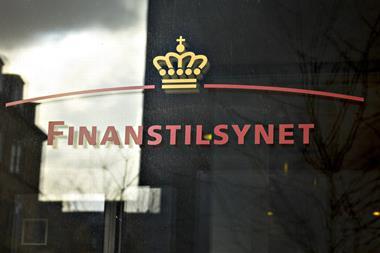Swiss pension fund Publica, with assets under management of CHF44bn (€44.4bn), has returned -9.6% net in 2022 as a result of losses in bonds and equity investments, it said today.
Its fixed income portfolio had the strongest negative impact last year on the performance of the pension fund, returning just under -12%. Equities contributed to the negative performance with a return figure of -9.6%.
The turmoil in capital markets last year hit Publica’s open pension plans strongly, whose members are retirees and employed people, recording a -9.7% return with a 25% allocation to equities in its portfolio, while closed pension plans, whose members are only retirees, returned -8.0% with an equity allocation of 10%.
The funding ratio across all Publica’s pension plans stood at 96.7% due to the negative performance, but could improve with significantly higher returns expected in the long term due to the rise in interest rates, it added.
Investments performed poorly in the six main regions globally, with equities in the Asia Pacific region excluding Japan at -6%, Japan at -8%, and Europe excluding Switzerland -11%. Returns on equities ranged from -16% to -17% in Switzerland and emerging markets, and -19% in North America.
Publica recorded a positive performance instead on directly held real estate investments, except “significantly higher returns” for the asset class’s long-term strategies with higher interest rates, it said.
Directly held real estate investments in Switzerland returned 3.9% at the end of last year, while allocations to foreign real estate funds returned 14% on a currency-hedged basis, the pension fund said.
Publica invests part of its assets in gold and silver, which ended 2022 with slightly positive returns of 0.6%.
Last year, the scheme took several tactical decisions which meant drifting slightly from its investment strategy and hitting a net performance 0.45 percentage points above its benchmark, it said.
Publica has also redesigned its strategic asset allocation, assuming that inflation will likely remain high in the next 10 years, with real assets yielding better returns than nominal assets.
The pension fund is also forecasting a scenario that based on long-term trends takes into account stagflation in the future. The board of directors, therefore, decided last year to cut its fixed income allocation, instead increasing investments in real assets and equities.
The latest digital edition of IPE’s magazine is now available
































No comments yet